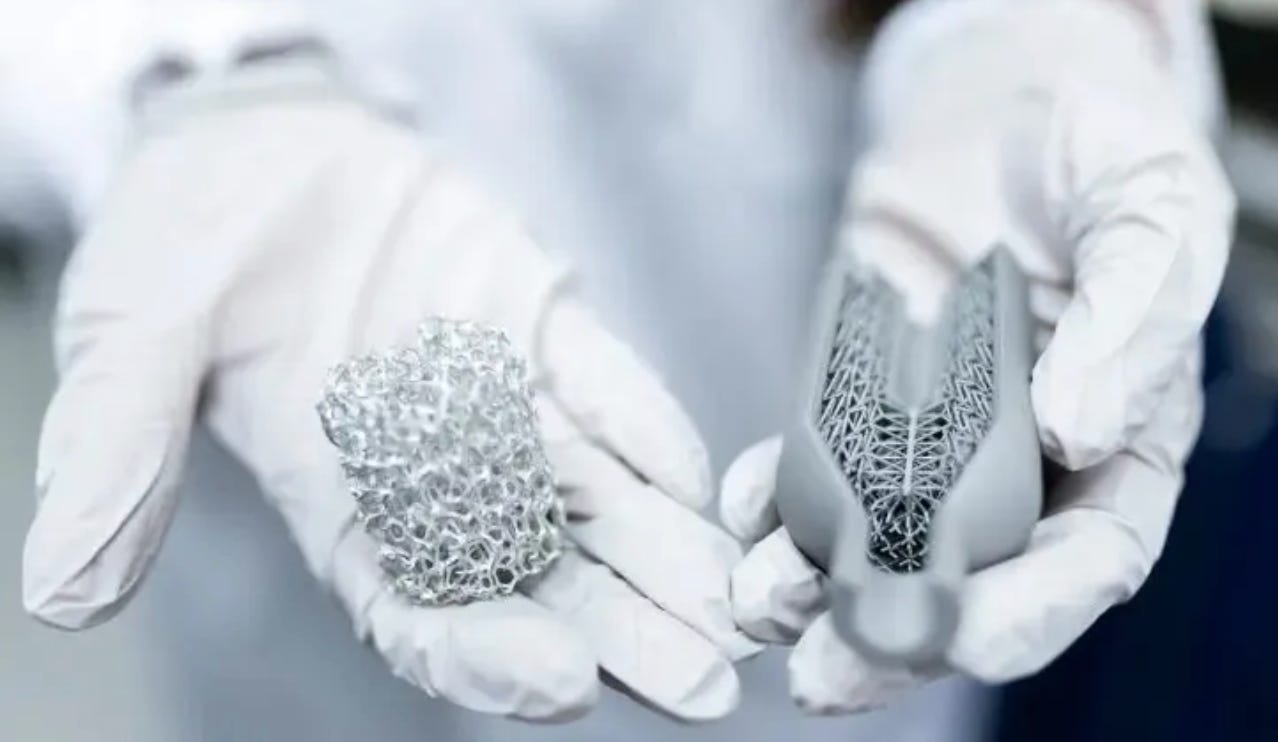GPT 4 & it's human level performance, 1st ultra massive blackhole, Geothermal wells, Graphene batteries & more- Speciale Focus #5
Collating the coolest of STEM for the month!
The phenomenon that is GPT 4!
Well, we just raved about GPT3 and its all encompassing abilities in our previous newsletter. Open AI announced GPT4 and suddenly, there’s another new frontier in AI. Said to have been trained on over a trillion parameters (GPT3 - 175 Bn), GPT4 is said to demonstrate human level performance on academic and professional benchmarks. Example: passing the bar exam at the top 10 percentile. Read on.
Scientists discover the largest black hole yet
If you’ve ever wondered what could be the biggest thing in this universe, we’d like to commend you on the line of thought firstly (humour, remember? at least we tried), and we’re also here to tell you that astronomers at the Durham University have discovered the largest ever ultra-massive blackhole that is about 30 Bn times the mass of sun using a technique called Gravitational Lensing. Black holes have a significant impact on their surroundings, affecting star movement and galaxy formation. They also provide insights into the early universe and the formation of structures. Check out more.
Batteries that can charge in 5 mins - The promise of Graphene?
Graphene is a one-atom-thick sheet of carbon atoms arranged in a hexagonal lattice. Sounds confusing? Well, here’s just what you need to know in the context of batteries - Graphene is1000 times more conductive than silver and 6 times more conductive than cobalt. What it means is that, if perfected, Graphene can charge batteries upto 90% in under 5 min. A startup called Nyobolt, out of Cambridge University just raised 59 Million dollars to make this a reality. Read Nico Nobili’s article on this technology to know more. One more on batteries for the month? Just one!
Geothermal wells - Use earth to store energy (Earth to battery)
Geothermal power plants utilize the natural heat of the earth's core by circulating water through underground reservoirs of hot rock. As the water travels through the rock, it absorbs heat and returns to the surface at a well head, where it is used to create steam by boiling a working fluid, such as refrigerant. The steam then powers a turbine, which drives a generator to produce electricity. But, Houston based startup Fervo Energy pumped water thousands of feet underground and then decided to hold it there, watching for what would happen and to gather data.
When the valves were released later, the results showed that the system can store energy for hours, even days, essentially acting like an Earth battery. Read more here.
3D printable glass made from protein & biodegrades!
Researchers at the Chinese Academy of Sciences in Beijing have come up with a way to make glass from protein and biodegrades. Typically, glass is made using inorganic molecules like silicon dioxide. But, the scientists have found a way to modify and break down amino acid chains (peptides) through intense heating. Once they recombine, they rapidly supercooled and solidified it to make glass. Read more about it here.
Well, that’s it for our 5th issue folks. We’ll come back soon with another set of wow reads specially curated for the curious you!
Until then, Team Speciale signing off!








